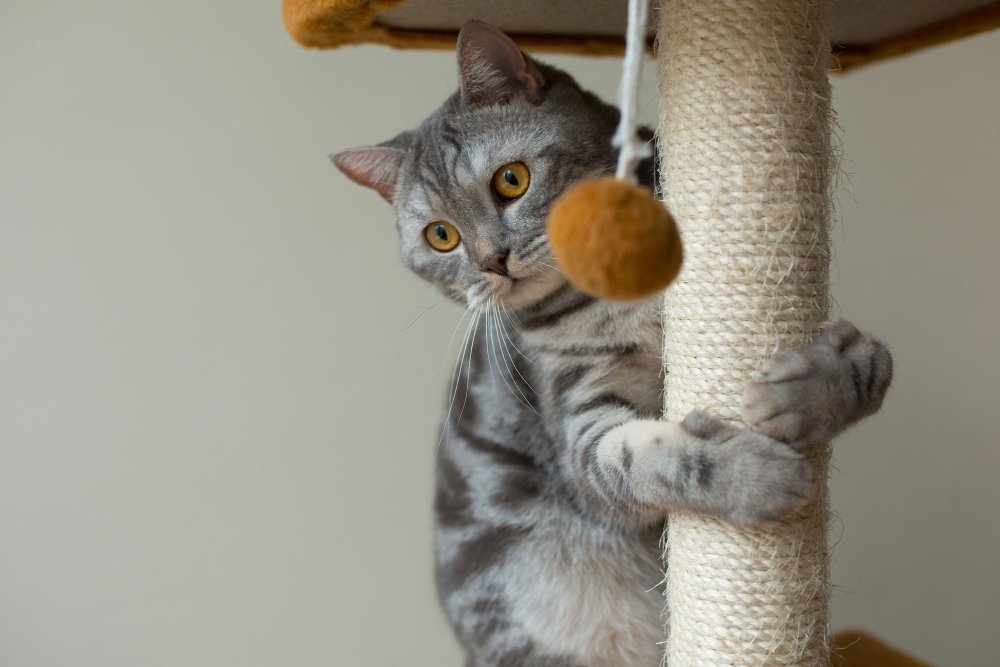
Have you ever wondered why your cat might be getting sick so much? There are a lot of reasons why, but one of the most likely cases is the contamination of your cat's toys.
As a cat parent, you want to keep your furry friend happy and healthy, and part of that means keeping their toys clean. Cleaning your cat's toys regularly can help prevent the spread of germs and keep your cat safe as well as healthy.
However, different types of cat toys require different cleaning methods to ensure they stay in good condition. In this article, we'll go over how to clean different types of cat toys.
How To Clean Cat Toys: A Guide To Keeping Your Feline Friend's Toys Clean
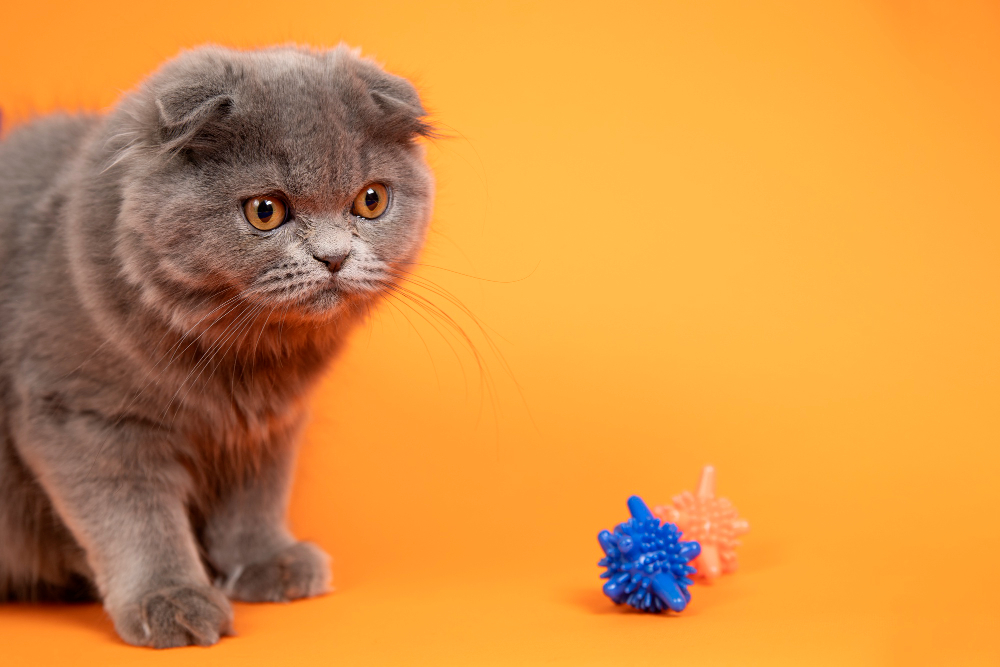
Kitty toys and cat grooming accessories are essential to any cat owner's arsenal. But they can also be breeding grounds for germs if not cleaned regularly.
Soak plastic or rubber toys in a bucket filled with equal parts vinegar and water. Then leave the toy in it for 20 minutes. After that, rinse and dry the toy. You can also use a cloth to wipe the toys while immersed. For plush toys, put them in a washing machine with scent-free detergent.
Here's a guide to help you keep different types of cat toys clean and fresh.
-
Plush toys
Plush toys are a favorite of many cats but can also collect a lot of dirt, hair, and bacteria. To clean a plush toy, start by shaking it out to remove any loose debris. Then use a lint roller or sticky tape to remove any remaining hair and debris.
If the toy is especially dirty, you can wash it in the washing machine gently with mild detergent. Be sure to air dry the toy completely before giving it back to your cat.
-
Plastic toys
Plastic cat toys like cat ball toys or fake mice can be easily cleaned with soap and water. Fill a bowl or sink with warm, soapy water and let the toys soak for a few minutes.
Use a soft-bristled brush or cloth to scrub the toys gently, making sure to get into all the crevices. Then rinse the toys thoroughly with clean water and let them air dry completely before giving them back to your cat.
-
Catnip toys
Catnip toys are a favorite of many cats, who like to chew and suck on them. But cleaning them can be tricky because most catnip toys are made of fabric. It's essential to avoid using any detergents or fabric softeners that could contaminate the catnip that fills the fabric.
In this case, it's recommended to hand rinse the toy and wring it out thoroughly before hanging it to dry. It's crucial not to put catnip toys in the dryer as the heat can cause the catnip to lose its potency.
The cleaning process is even simpler if you have a catnip toy that you can refill with fresh catnip. First, remove the old catnip and rinse the toy in hot water. Once it's dry, add some fresh catnip to the toy, and your cat will be able to enjoy it again.
-
Rubber toys
Rubber cat toys are durable and great for playtime but can accumulate dirt, grime, and bacteria over time.
Fill a bowl or your sink with warm water. Then add a few drops of mild dish soap. Stir the mixture until the soap dissolves.
Submerge the rubber toy in soapy water. Then, scrub away any dirt or grime using a soft-bristled brush or sponge. Pay extra attention to any crevices or grooves in the toy.
Rinse the toy thoroughly under running water to remove all soap residue.
To disinfect the toy, prepare a solution of equal parts water and white vinegar. Soak the rubber toy in the solution for 10-15 minutes.
After soaking, rinse the toy thoroughly under running water to remove any vinegar residue.
Squeeze out excess water and pat the toy dry with a clean towel. Air-dry the toy completely before giving it back to your cat.
-
Feather toys:
Feather toys can be a lot of fun for cats but can also become dirty and matted over time.
To clean a feather toy, start by gently shaking it to remove any loose debris. Then use a damp cloth to wipe the feathers clean, not damaging them.
If the feathers are especially dirty, you can wash them with warm, soapy water and let them air dry completely before giving the toy back to your cat.
-
Fabric and rope toys
Cat fabric toys and cat rope toys are popular among pet owners, but they can be challenging to clean, especially if they have become heavily soiled or stained.
However, there are some tips that you can follow. This will ensure that your cat's fabric and rope toys are clean and safe for use.
Start by shaking the toy to remove any loose dirt, hair, or debris. Then gently use a soft-bristled brush to remove any remaining dirt or debris. Be gentle to avoid damaging the toy.
For light stains or dirt, spot cleaning may be sufficient. Mix a little mild detergent with warm water, dip a cloth or sponge in the solution, and gently scrub the affected area. Don't forget to rinse the area thoroughly with clean water. Then let it dry completely before giving the toy back to your cat.
If the toy is heavily soiled or has a strong odor, it may need to be washed in the washing machine. Place the toy in a pillowcase or garment bag to protect it from snagging or tearing.
Use a gentle cycle and a mild detergent. Also, avoid using fabric softeners or bleach. Once the cycle is complete, let the toy air dry completely before giving it back to your cat.
Rope toys can be difficult to clean as they can unravel in the washing machine. Instead, soak the toy in warm, soapy water for 15-20 minutes, and then use a soft-bristled brush to scrub the toy gently.
Rinse the toy thoroughly with clean water and let it air dry completely before giving it back to your cat.
If your cat has been sick, it's important to disinfect its toys to prevent the spread of germs. Mix a solution of 1 part vinegar to 1 part water, and soak the toy for 30 minutes.
Rinse the toy thoroughly with clean water and let it air dry completely before giving it back to your cat.
Important Note: When it comes to washing your cat's toys, it's important to use a detergent that is safe for them to play with and won't cause any adverse reactions.
Look for an unscented detergent that is free of fragrances, dyes, and other additives. These detergents are gentle on your cat's toys and won't leave any residue or scent that may deter your cat from playing with them.
There are also non-chemical detergents available that are specifically designed for washing pet toys, like cat teasers. These detergents are made with natural ingredients and are free of harsh chemicals that can be harmful to your cat.
It's important always to read the labels on the detergent and follow the instructions carefully.
When washing cat toys, use warm water and avoid using hot water. Hot water can damage the toys or cause any plastic parts to melt.
Remember to let your cat's toys air dry completely before giving them back to your pet.
Damp toys can harbor bacteria and mold, which can be harmful to your cat's health. By allowing your cat's toys to dry thoroughly, you can help ensure that they are safe for your pet to use.
How Often Should I Clean My Cat Toys?
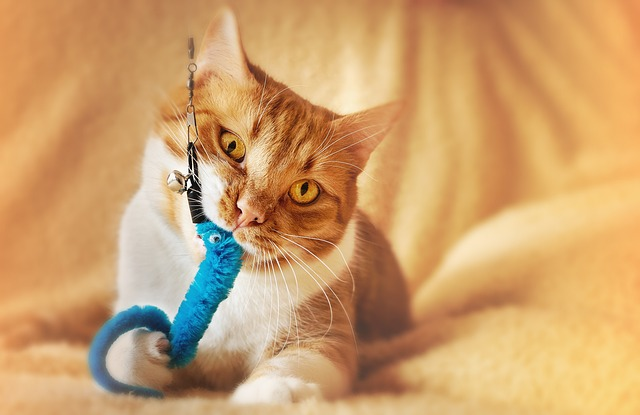
It is recommended to clean your cat's toys at least once a week to ensure that they are free of dirt, germs, and bacteria. However, if your cat has a habit of carrying toys outside or playing with them in areas with high foot or pet traffic, you may need to clean the toys more frequently.
Additionally, if your cat has been sick or has been in contact with other cats, it's best to clean their toys more often to prevent the spread of germs.
It's also essential to discard any heavily worn or damaged toys, as they can pose a choking hazard for your cat.
How To Know When To Throw Away Cat Toys?
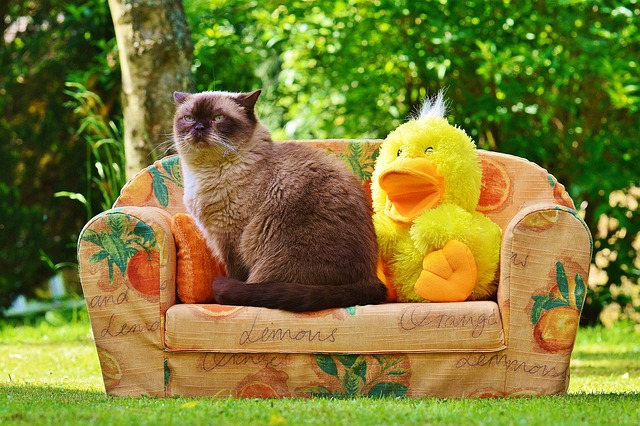
It's important to regularly check your cat's toys and replace them when they become too worn out or damaged. This is especially true for your cat's favorite toys, which are often the most loved and played with.
Fabric and catnip toys should be discarded when they start to rip or when stuffing starts to come out. This is important to prevent your cat from accidentally ingesting the stuffing, which could cause intestinal blockages and lead to costly vet visits.
Additionally, if the toy becomes soiled with urine or other bodily waste, it should be thrown away, as washing may not be enough to remove the odor fully.
Plastic toys should also be replaced when they become scratched or when small parts start to come off. This is because scratches can harbor bacteria, which can be harmful to your cat's health.
Important Note: Broken toys or toys with small parts can also pose a choking hazard or cause other health issues if swallowed.
Fur or feather toys should be replaced when feathers start to fall apart or when the fur becomes so ripped up that your cat could accidentally swallow it. Replacing these toys is important if they become soiled with urine or other bodily waste.
Regularly inspecting your cat's toys and replacing them when necessary can help ensure your cat's safety and health while providing your pet with plenty of fun and entertainment.
Final Words!
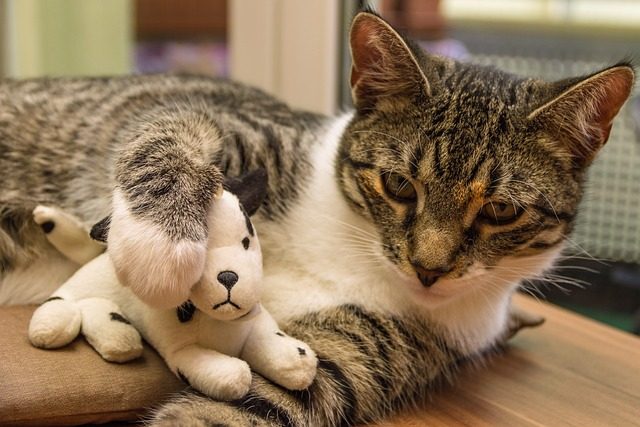
Keeping your cat's toys clean is essential for their health and happiness. Regular cleaning can help prevent the spread of germs and bacteria, prolong the lifespan of toys, and provide a safe and enjoyable play experience for your furry friend.
By following these simple cleaning tips for your cat's toys, you can help ensure that your cat's toys are always clean and in good condition.
















